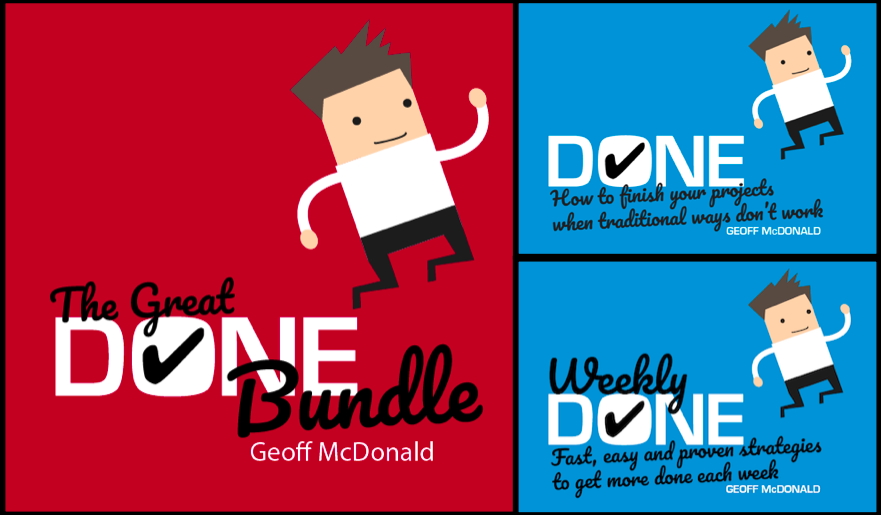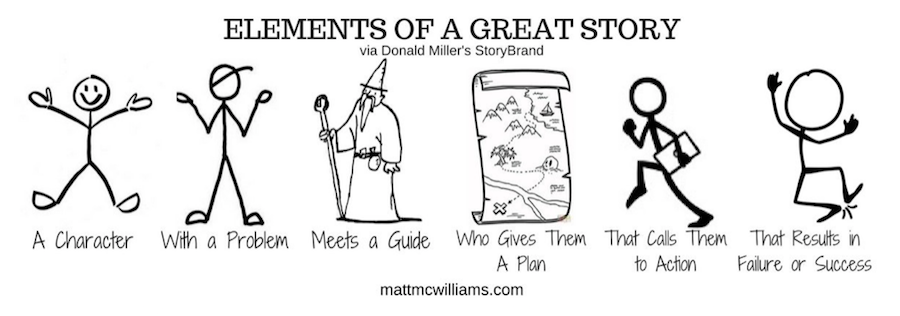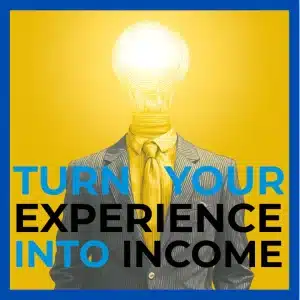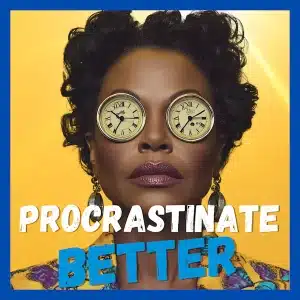Hero’s Journey and What You Do
The Hero’s Journey is a great tool to use when you’re asked the inevitable business question: What do you do?
How do you usually answer that?
- Do you respond with a generic category? “I’m a… Business Coach, Accountant or Trainer.”
- Do you respond with your job title and business name? “I’m the Marketing Guru for Online Success.”
- Or, do you answer with an over-done, over-rehearsed, inauthentic elevator pitch that makes you feel sick and sleazy saying it? “I help people just like you earn money while you sleep and never have to worry about anything in life ever again?” Yeah, right.
While that’s all well and good, the important thing is not what you say – it’s how people respond.
How do people respond?
When you share your marketing message, how do people respond? In particular, are they confused or enthused?
I’m willing to admit that on many occasions I have confused the person I’ve been speaking with. While I thought this was just because I’m wasn’t a marketing guru, I realized later that it showed the complete lack of clarity in my own mind about what I did.
While I had previously created elevator pitches, they just didn’t seem right. For me, they always seemed fake, false and a wee bit foolish.
Nowadays, when I say, “I’m the Ideas Architect” I often receive a mixed response. Some people get it quickly, others aren’t so sure.
The most engaged response I’ve had when introducing myself was when I said: “I design board games for clients.” Usually, eyes would light up and instantly people would want to know more…
This is what we should be aiming for: thirsty people wanting to know more about what we do.
Your Brand Story
Over the past 12 years I’ve read over 500 books. A handful of these I’ve read twice and a rare few I’ve read three times.
Donald Miller’s best-selling book, Building a Brand Story is one of those rare few.
(Building a Brand Story was #2 on our list of Book of the Year for 2018.)
It’s a surprisingly simple book but extraordinarily practical. And for me, it’s my current best way to create my brand and marketing message.
The big reason that I’ve read it three times is that I’ve used it three times to position myself.
Most notably, it was the spark that inspired me to use the keyword ‘Done’. What do you want when you start a project? You want it to be ‘done’.
Also, it inspired the ‘jumping man’ graphic that’s the cornerstone of Project Done and my books Done and Weekly Done. It’s the visual expression of success and completing your project – jumping for joy when you’re ‘done’.
Two Marketing Problems
In Building a Brand Story, Donald Miller shares two marketing problems. (I have committed both of these crimes many times over the years.)
1 Life and Death
The first is that we don’t pitch our products and services at the level of thriving and surviving.
I think the best demonstration of this is any of the Sir David Attenborough documentaries. They are so compelling and so successful because they show us the life and death struggle of the animal world in all of its magnificence.

We’re drawn to see whether the lion catches his dinner or the deer runs to freedom; whether the penguin is swallowed by killer whales or swims away to live another day; or which of the big battling bison wins over his fellow species to become the alpha male of the tribe. It’s the ultimate Hero’s Journey!
It can be confronting because it’s life and death television. (While my mum squirms in her recliner every times she watches, she can’t look away either.)
And if you want to capture our attention and engross us in your marketing message you need to follow suit and raise the importance and urgency of your message.
The death knell of a brand is not that people don’t like you, it’s that they don’t care about you.
2 Can I get it
The second problem is that our marketing messages are too long and too complex. As Miller likes to say: “When you confuse you lose”.
I’m sure you can recall meeting someone at a networking event and when you asked them ‘What do you do?’ they rambled on for what seemed like three days and you were none the wiser about what they did. (That used to be me!)
Most of us will only give another a person a few minutes of mental bandwidth to understand (and ultimately care) about what they do; otherwise we’re wandering away mentally or literally.
This is multiplied many times over when we visit your online homes. If we can’t ‘get it’ and figure out what you do and how you can help us in the first five to ten seconds of visiting your website or social media page, then we’re gone. And probably for good – meaning you’ve just wasted all that time, money and effort to have us find you in the first place.
We all need a clear and concise message that speaks directly to what is troubling our clients and customers. Without it potential clients are wandering away…
Book Review: Building a Brand Story
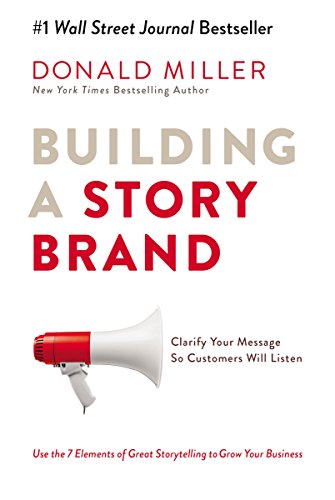
Miller proposes the use of the Hero’s Journey as the framework for your marketing message.
This is a smart move that reflects the way our brains work. We love stories! And we all use stories to make sense of the world.
He suggests we consider the power of movies. Without a story structure there is no way you could turn the lights off and keep us entertained for two hours.
Likewise, to cut through the noise and constant bombardment of marketing messages we all receive every day, we need a structure to decide what to filter in and what to filter out.
Using a story modeled on the challenges and aspirations of your customer journey can achieve this goal of attracting and engaging listeners.
The Hero’s Journey in Seven Steps
There are many different versions of The Hero’s Journey. I’ve seen some with three parts, many with seven and some with 12 or more.
Here are the seven steps that Donald Miller’s Brand Story employs:
- Character – Every story has to be about someone. Who, specifically, is your client or customer?
- Problem – Every story must have a situation that needs to be resolved. Without this there is no reason to stick around to find out what happens. Will the hero live or die? Will they get the guy of their dreams? Or, will they win the race? And what is the mental and emotional challenge your customers and clients are facing?
- Guide – This is you and your brand! You want to position yourself as someone who can help.
- Plan – This is the how – how are you going to solve your clients problems? Are you offering coaching, a proven process or easy-to-use software?
- Call to Action – In most cases, we don’t just decide to take action. More likely, we need to be called to act. What needs to happen for your clients to take action?
- Failure – What happens if your hero doesn’t succeed? Will the world end? Will they go broke? Will they lose their life?
- Success – What does success look like? Is the crowd cheering? Does he marry his dream girl? Is it the death of the bad guy bringing the world back to peace and prosperity?
These are the key questions you need to answer to create your brand story and marketing message.
Specifically, when you’re next asked the proverbial ‘What do you do?’ you can respond with any of these seven elements. That gives you flexibility and most importantly helps you tune your message into the person that is actually standing in front of you.
The Hero Brand Archetype
Miller makes a crucial point about whom the hero is. Many businesses position themselves as the hero.
In my view, this can work. In their brilliant branding book The Hero and the Outlaw, Margaret Mark and Carol Pearson share 12 possible brand archetypes. (there are many, many more).
- A good summary of the 12 archetypes here
- Buy the book on Amazon here
- A free pdf download of The Hero and the Outlaw here
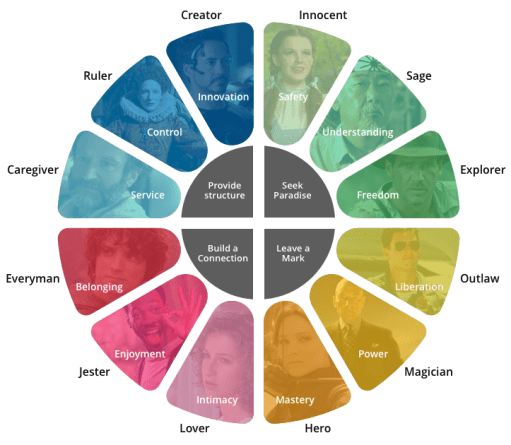
One of these brand archetypes is the Hero. The core desire here is to take courageous and decisive action. Fedex and Nike are two hero brand examples – Fedex wants to save the day by getting your package delivered on time and Nike wants you to get up off the couch and take on life as an athlete.
Miller suggests you should avoid being the hero (I agree unless your brand is a hero brand type – most brands won’t be.)
His reasoning is that we want our customers to be centre stage – not us. The story is about them – not us.
Instead, he suggests we need to be the guide – like Yoda is to Luke (Star Wars), Dumbledore is to Harry (Harry Potter), Haymitch is to Katriss (The Hunger Games). The guide is the person with the plan who coaches, cajoles and coerces the hero to confront and cut through their current challenge.
(For me, my brand archetype is the Sage, which is a readymade ‘guide’ archetype. My goal is to understand the world. That’s what drives me. This is expressed by being a respected authority and deep thinker looking for truth. Does this fit with how you see me?)
Your Customer’s Journey
The great advantage of using the Hero’s Journey as the backbone of your brand story is that it easily extends itself from a simple message to a series of steps that your customers and clients can take.
For example, Donald Miller shares some ways you can use your clarifying customer message:
- Create a one-line business winning statement
- Use this one your website
- Extend it into a lead magnet ebook or similar
- Create an email drip marketing campaign
Beyond this, the next step is to use the same elements to map your customer journey. The four key phases are:
- What is their starting point? And what are their current frustrations, problems and challenges?
- What’s the buying process they need to find you and ultimately buy from you?
- When they do work with you, what obstacles, roadblocks, victories and wins will they experience along the way? Hint: It’s never a straight line to success.
- Finally, what does winning look like? And how will they feel, respond and celebrate?
Read This…
Donald Miller, Building a Brand Story, Harper Collins Leadership, 2017
If you want to clarify your customer message and win more business.
(Building a Brand Story was #2 on our list of Book of the Year for 2018.)
Also, our first Book Club event was based on a slice of this book – creating a statement that wins you business. The recording from that event is available for The Create Club members.


